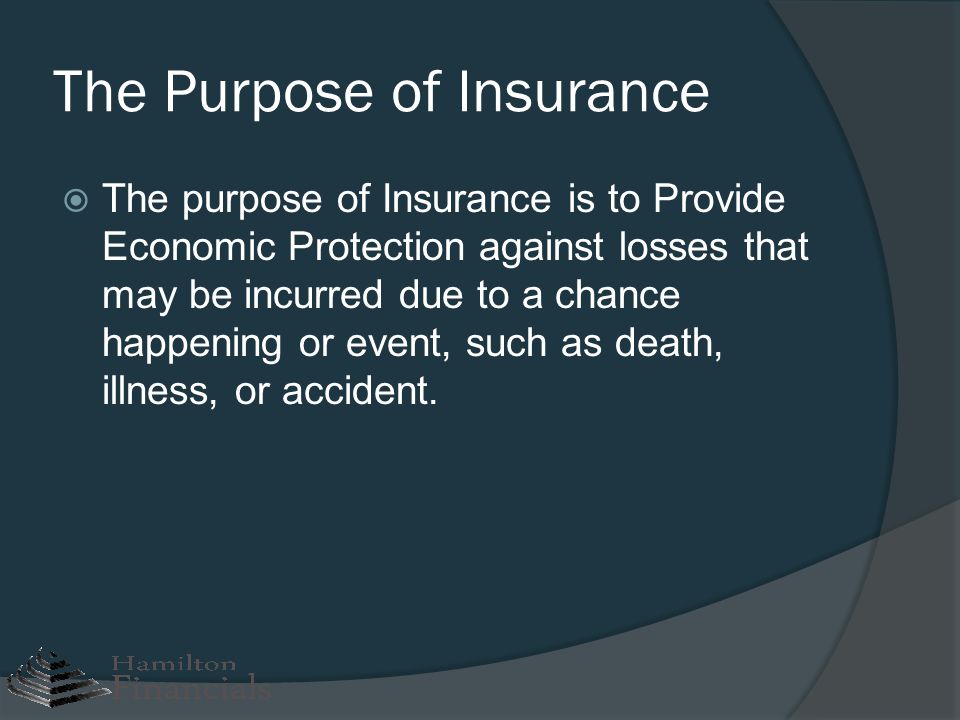Getting The Pacific Prime To Work
Wiki Article
7 Easy Facts About Pacific Prime Explained
Table of ContentsPacific Prime Things To Know Before You Get ThisThe 10-Minute Rule for Pacific PrimePacific Prime - QuestionsThe Greatest Guide To Pacific Prime
In many states, the insurer is needed to send you a duplicate of the adjustments to your plan. It is very important that you check out Endorsements or Cyclists so you comprehend how your plan has actually changed and if the policy is still sufficient to meet your needs. To get a copy of your insurance coverage, please contact your insurance representative or company.
The Institute of Medication (IOM) Board on the Repercussions of Uninsurance launches an extensive examination of proof that addresses the relevance of health insurance policy protection with the magazine of this report. Protection Issues is the very first in a series of 6 reports that will be issued over the following 2 years recording the truth and effects of having an approximated 40 million people in the United States without medical insurance protection.

8 Simple Techniques For Pacific Prime
The goal of this series of researches is to refocus plan interest on a historical trouble. Complying with the lengthiest financial development in American background, in 1999, an approximated one out of every six Americans32 million adults under the age of 65 and greater than 10 million childrenremains without insurance (Mills, 2000).
Ten percent of the populace represent 70 percent of healthcare expenses, a correlation that has continued to be constant over the past three years (Berk and Monheit, 2001) - international travel insurance. Thus medical insurance remains to offer the function of spreading danger also as it increasingly funds routine care. From the perspective of health and wellness treatment carriers, insurance brought by their people helps secure an income stream, and neighborhoods take advantage of financially practical and stable healthcare experts and establishments
Government gives health insurance policy to populaces whom the private market may not offer successfully, such as handicapped and senior persons, and populations Extra resources whose access to wellness treatment is socially valued, such as kids and expectant ladies. The ultimate ends of wellness insurance policy protection for the specific and neighborhoods, consisting of work environment areas of employees and companies, are enhanced wellness results and quality of life.
Some Ideas on Pacific Prime You Need To Know
Staff members rate medical insurance initially without a doubt in relevance among all the advantages supplied in the work environment (Salisbury, 2001). There have actually been large investments of individual and public funds to provide health and wellness insurance, lots of individuals still have no protection. Despite comprehensive reporting of survey searchings for and health and wellness care research results, the public continues to be overwhelmed and misinformed about Americans without wellness insurance policy and the ramifications of doing not have coverage.
Without inquiry, the intricacy of American healthcare funding mechanisms and the wealth of sources of info add to the public's confusion and suspicion concerning medical insurance statistics and their interpretation. This report and those that will certainly comply with aim to boil down and provide in conveniently understandable terms the considerable research that bears on inquiries of medical insurance coverage and its importance.
Fifty-seven percent of Americans questioned in 1999 thought that those without medical insurance are "able to get the care they require from physicians and medical facilities" (Blendon et al., 1999, p. 207). In 1993, when nationwide focus was concentrated on the problems of the uninsured and on pending healthcare regulations, just 43 percent of those questioned held this belief (Blendon et al., 1999).

They additionally get less precautionary services and are less likely to have normal treatment for persistent conditions such as high blood pressure and diabetes mellitus. Chronic illness can lead to costly and disabling difficulties if they are not well handled (Lurie et al., 1984; Lurie et al., 1986; Ayanian et al., 2000). One nationwide study asked greater than 3,400 adults regarding 15 highly major or morbid problems.
The Of Pacific Prime
Added evidence is presented later on in this phase in the conversation of insurance coverage and access to wellness care. https://worldcosplay.net/member/1746405. Individuals without health insurance policy are young and healthy and balanced and pick to do without coverage. Almost half (43 percent) of those surveyed in 2000 believed that people without health insurance coverage are most likely to have health issue than individuals with insuranceCitizens and plan makers in emphasis group conversations characterize those without insurance as youths that have the possibility to be covered and feel they do not require it (Concierge Novelli, 2001). Compared to those with at the very least some personal coverage, the uninsured are much less most likely to report remaining in exceptional or great health (Agency for Medical Care Research Study and Quality, 2001).
RESOURCE: Facility for Cost and Funding Research Studies, Company for Health Care Study and Quality, based upon MEPS information. Young person between 19 and 34 are even more likely to lack medical insurance than any type of various other age. This is mainly since they are much less often qualified for employment-based insurance coverage due to the nature of their job or their short period in it.
The assumption that people without insurance policy have better-than-average health adheres to from perplexing the relatively young age profile of the without insurance with the better health, on standard, of more youthful persons. This obscures the link in between wellness status and medical insurance. For those without access to workplace medical insurance, poor health is a possible barrier to purchasing nongroup insurance coverage since such protection might be highly priced, exclude pre-existing conditions, or be merely not available.
Report this wiki page